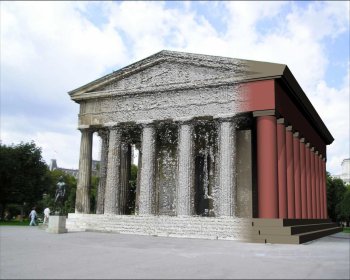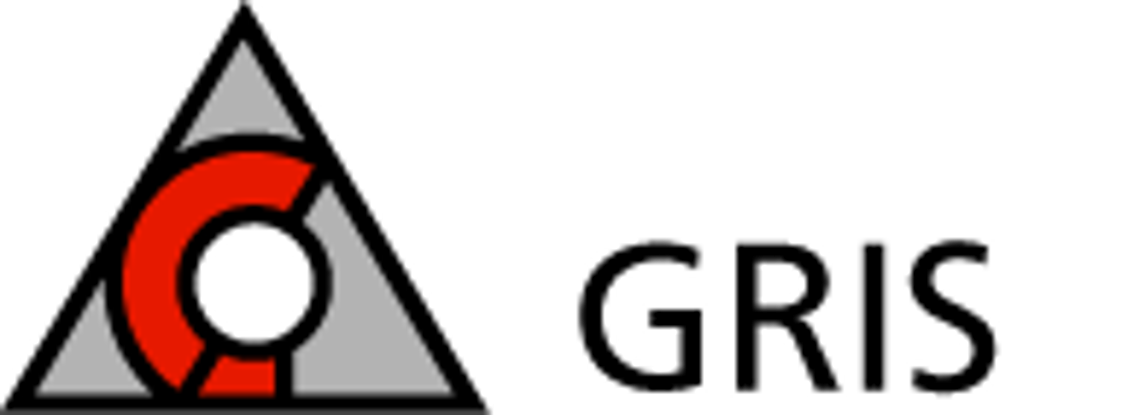
Generative Shape Descriptions and Reconstructive Geometry Reconstruction
Reverse engineering forms the link between recording techniques on the one hand and modeling and visualization on the other hand. This connection is well established for conventional modeling approaches based on Bézier patches and NURBS surfaces for example.
In contrast to conventional model descriptions, a procedural model does not store an object’s geometry (control points, vertices, faces, etc.) but a sequence of operators and parameters in order to create a model instance.
Procedural Modeling
All models with well organized structures and repetitive forms benefit from procedural model descriptions. In these cases generative modeling is superior to conventional approaches.
An advantage of procedural modeling techniques is the included expert knowledge within an object description; e.g. classification schemes used in architecture, civil engineering, etc. can be mapped to procedures. For a specific object only its type and its instantiation parameters have to be identified.


